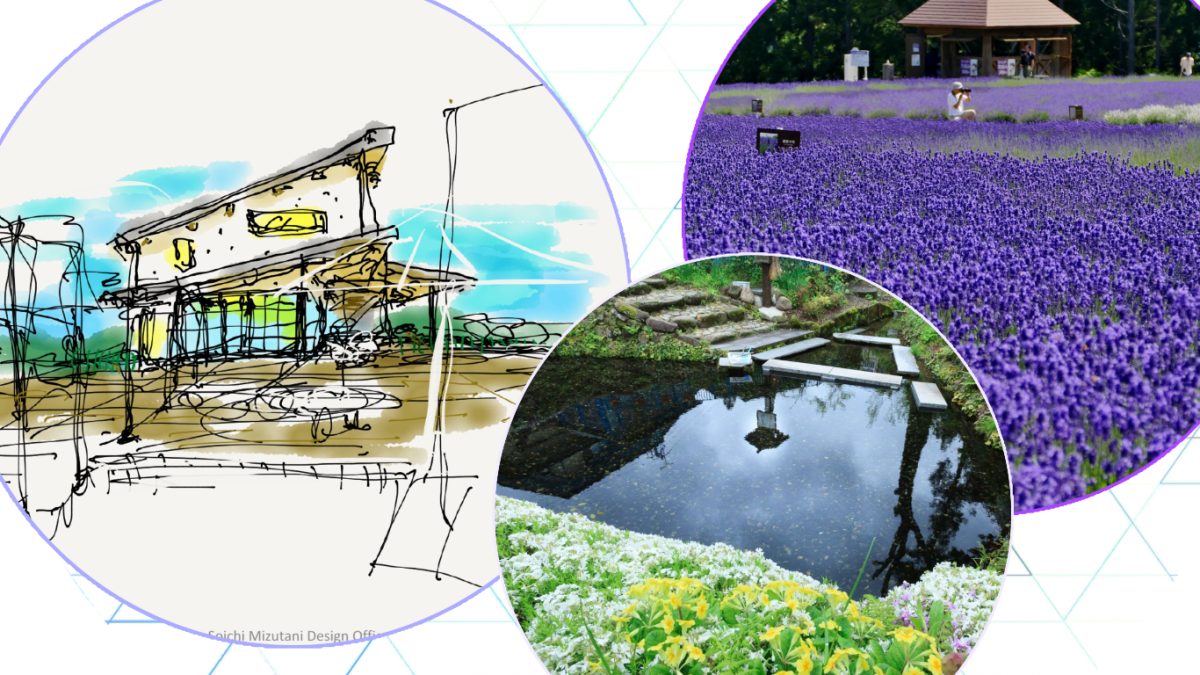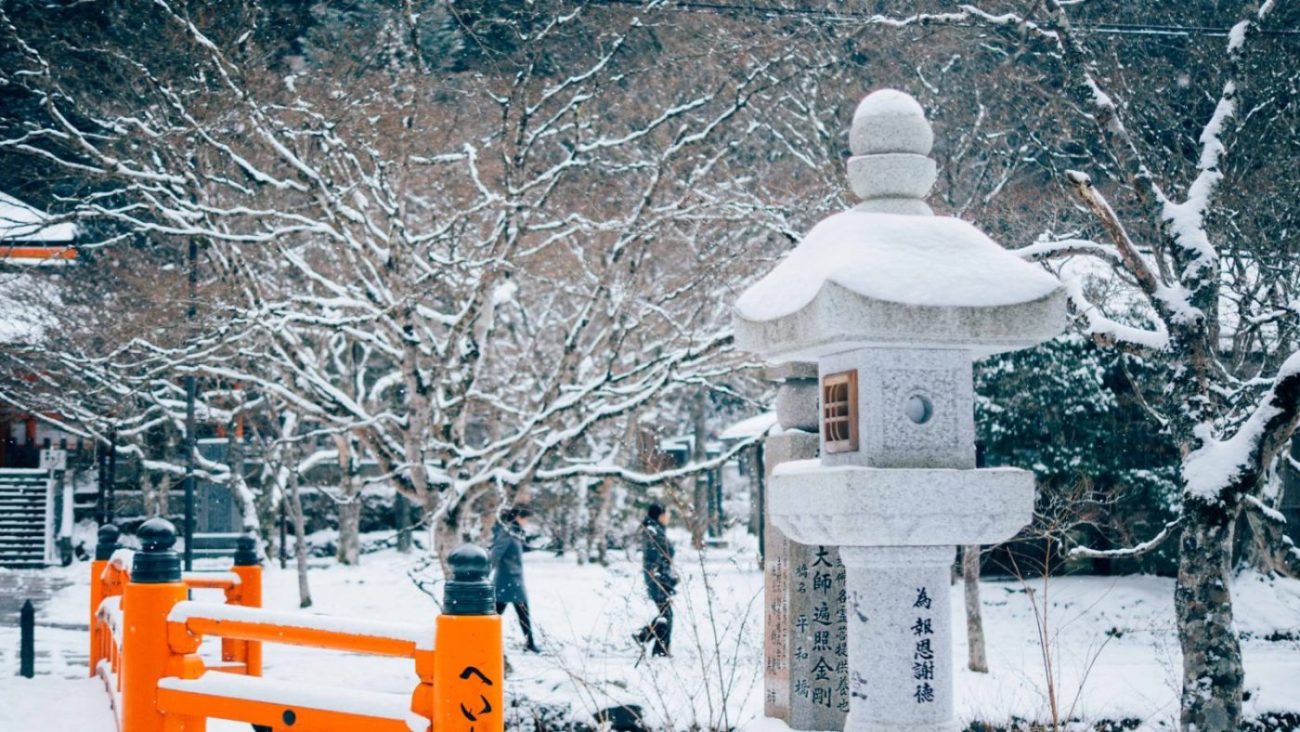In an agricultural society where people’s daily lives depend on the weather, people have worshipped the Namahage with festivals meant to playfully frighten the people of Oga City in Akita Prefecture. The goal of the festival is to promote crop prosperity, ward off evil, and bring good fortune. Once a ceremony solely to worship gods, Namahage has transformed into a traditional folklore event in modern times.
What is the Meaning of Namahage?
What is Namahage? Namahage ( なまはげ ) is a folk event unique to the Oga Peninsula in Oga city, Akita Ken. The word derives from combining the Japanese word for erythema (namomi) caused by idling next to a fire for a long period in order to avoid the winter cold, and the word for tearing off (hagu) the reddish lumps that can build on the skin as a result. The demon-like gods who warn those slacking off from work and their studies became known as Namahage. The purpose is to remind people to continue to work hard.
There are various theories as to the origin of these fearsome demons. One legend says that a village suffered from the evil doings of five demons. To combat the problem, a deal was made: If the demons could build a thousand stone steps leading up to the Akagami Shrine Goshado in a single night, they would offer a girl in return. However, if the demons failed, they had to leave the village forever. The five demons made it as far as the 999th step, but when they were about to set the last stone, the villagers interfered by imitated the morning crow of a rooster. Thinking it was a voice from heaven, the dissapointed demons ran away from the village, never to return.
Namahage Folk Ritual in Japan
Every year on December 31, New Year’s Eve, locals wrapped in knitted straw known as kede put on fearsome Namahage masks exclusive to their districts and walk around neighborhoods to visit homes. Warning children to work hard, to study and to listen to their parents, the Namahage shout things like, “Are there any crying children?” and “Are there any misbehaving children?”.
This frightening act comes from the wish that the children will earn good grades in school, succeed in society and thus be happy in the years to come. Each homeowner entertains the Namahage with sake and sailfin sandfish (caught off the coast of Akita Prefecture). The husband then praises his spouse and children in order to protect them from the frightful visitor. Also, on January 3, Saitou-sai (Festival) begins at Manshin Shrine, which boasts a history of about 900 years. In the vicinity of the shrine, a fire is lit and mochi (pounded rice cakes, aka goma mochi) are roasted. They are offered to the Namahage, descended from the mountaintop as the gods’ messenger, and a prayer is said for the village’s peace and crop prosperity.
Oga Winter Festival, Namahage Sedo Matsuri
Combining the New Year’s Eve Namahage event and Saitou-sai, locals have created Oga’s Winter Festival, aka the Namahage Sedo Matsuri. Every year, the event begins on the second Friday, Saturday and Sunday of February, to carry on Namahage culture. The highlight is when the Namahage ascends the mountain with torch in hand. The sight of the torch’s flame illuminating the dark road against the bright white snow creates a truly mystical scene!

Goshado: 30min bus ride from Oga Station (JR Oga Line) by bus
Shinzan Shrine: 50min from Hadachi Station (JR Oga Line) by bus

What Is the of Namahage Today?
Originally, participants in the Namahage folk ritual would visit most households. However, with the changing times, now there are some families who do not welcome a visit from the Namahage. Some parents can’t stand to see their children being scolded. Some even say that it is a cruel ritual of disciplinary punishment against children. So many have challenged the tradition of this culture through the years.
Noboru Sugawara, a local elder, used to visit households as a Namahage. In his opinion, the shouting of the Namahage wards off evil and brings good fortune. People who are unaware of Namahage culture sometimes misunderstand the ritual as simply a threatening act of chastising children, Sugawara says. So it’s important to understand the true meaning behind Namahage culture instead of inheriting the tradition blindly. The values should be handed down to future generations.
Reproducing the Namahage Mask
Traditional Namahage culture is also under threat due to the disappearance of masks that are unique to each district. In addition, the ritual has disappeared in certain regions. However there are still many interested in preserving the history, culture and meaning of Namahage and Namahage masks.
Ashizawa District’s Youth Association in 2014 gained attention for its efforts to reproduce its mask for the first time in 30 years. Yasuaki Takeda, a member of the Youth Association to produce masks, revealed that they used old photos in literature material, to confirm the features of the mask, gather the necessary materials and collaborate in the production. The process took over two years of diligent work. They wanted to create an exact replica of the original mask, but soon realized the challenges that came with the color formulation and preparation of the material. This led the Association to have a change of heart. Instead, they realized that by using current materials, the mask would truly reflect modern times.
Namahage from a Westerner’s Perspective
Scott Camio, an American teacher at Funagawa Daiichi Elementary School in Oga, has participated in the New Year’s Eve ritual. As a non-Japanese, he said he was strongly moved by how local residents were struggling to preserve Namahage culture and the meaning of Namahage masks. Also, locals impressed the teacher with their approach not only to pass it on to next generations but also to improve it. In this way, the Namahage folk culture does not burn out in an instant. Instead, its roots grow deeper into the lives of the local residents. They continue to explore how to find a balance between traditional culture and modern-day life. In their effort, they hope to preserve the true meaning of Namahage culture and hand it down to future generations.

Access:15min from Hadachi Station (JR Oga Line) by car
 0
0




























